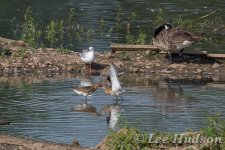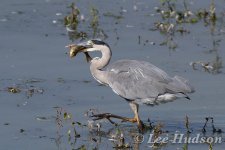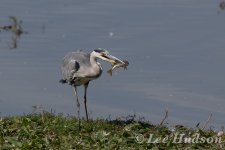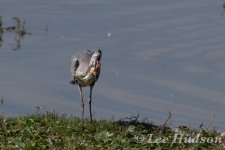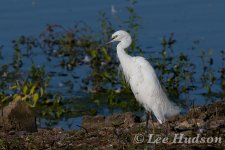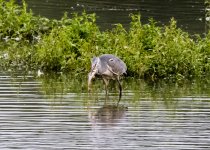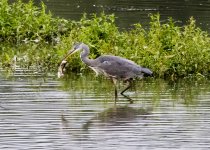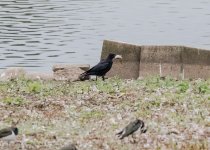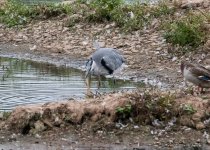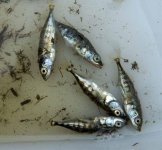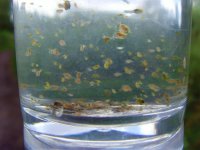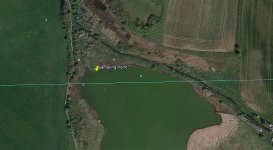Invertebrate Survey
For anyone interested here are some of the observations from the survey..Dave W can probably analyse it better than most and put it in layman terms for us.
My observations are that these results are not indicative of the spring scene. We have gone through a mini-droubt and a lot of the food source has either died off or migrated. Or it is only seasonal from May to July coinciding with avocet breeding season. Still more work to be done during the spring. But will be difficult as it's the breeding season .
We started on site about 9 am and left about 4.30 am after having a well earned lunch break. I have attached 16 low resolution photos most of which are self explanatory.
Brief summary: Flashes 1 and 2 are much the same. They have a very low species diversity with the probable exception of flies. Only a few water boatmen were found, a couple of water beetles, including Hydroporus sp. and I think a small Helophorus and an Ochthebius sp. (Giles can provide more details and corrections) Shore bugs, blood worms. We found no evidence of molluscs, Crustaceans (such as freshwater shrimps or Daphnia), no leeches, no flatworms, no Odonata breeding, no caddis, no mayfly. There is Copepod oil on the surface of all flashes. Possible blue-green algae at north end of Flash 1. Crassula helmsii (New Zealand Pygmyweed) has just got established to the south of Flash 2. I collected a water sample from Flash 2 which has been posted to Sinclair Stammers, I bought a special net to catch microcrusteans but there appear to be none. He will be able to identify other microscope life, which I think will be very rich. One Three-spined male Stickleback was netted from Flash 2. The back marsh with grazed, loosely tufted Common Reed to the east had most of the beetles interest even though just inundated from last night and this shows further potential, I'd say for both inverts and birds. Both Flashes 1 and 2 has a continuous layer of black anoxic mud is meso-habitat for blood worms and other fly larvae. It varies in depth across the site (see Photos 0261 and 0264).
Flash 3 is by far the richest in terms of invertebrates. There were 1000's of small water boatmen (Sigara spp. certainly), probably representing just couple of species; mostly netted from the emergent reeds and club rush but also in the water column above the mud, we all had Corixa sp (not C. punctata) and Notonecta viridis, several beetles present including Enochrus, Hydroporus and Haliplus sp. and I think Noterus clavicornis but may be this was from the back marsh to Flash 2, again the other main groups were missing, apart from fly larvae. Flash 3 has many Three-spined Sticklebacks which hide in the reeds. I commented on their brightly coloured markings. There is also black anoxic mud in Flash 3.
Beside Flash 1 I have what I think might be Bombus humilis, if there are black hairs on the abdomen then it is just B. pascuorum.
Giles I think will look at some of the specimens tomorrow. I have a crayfish course.




